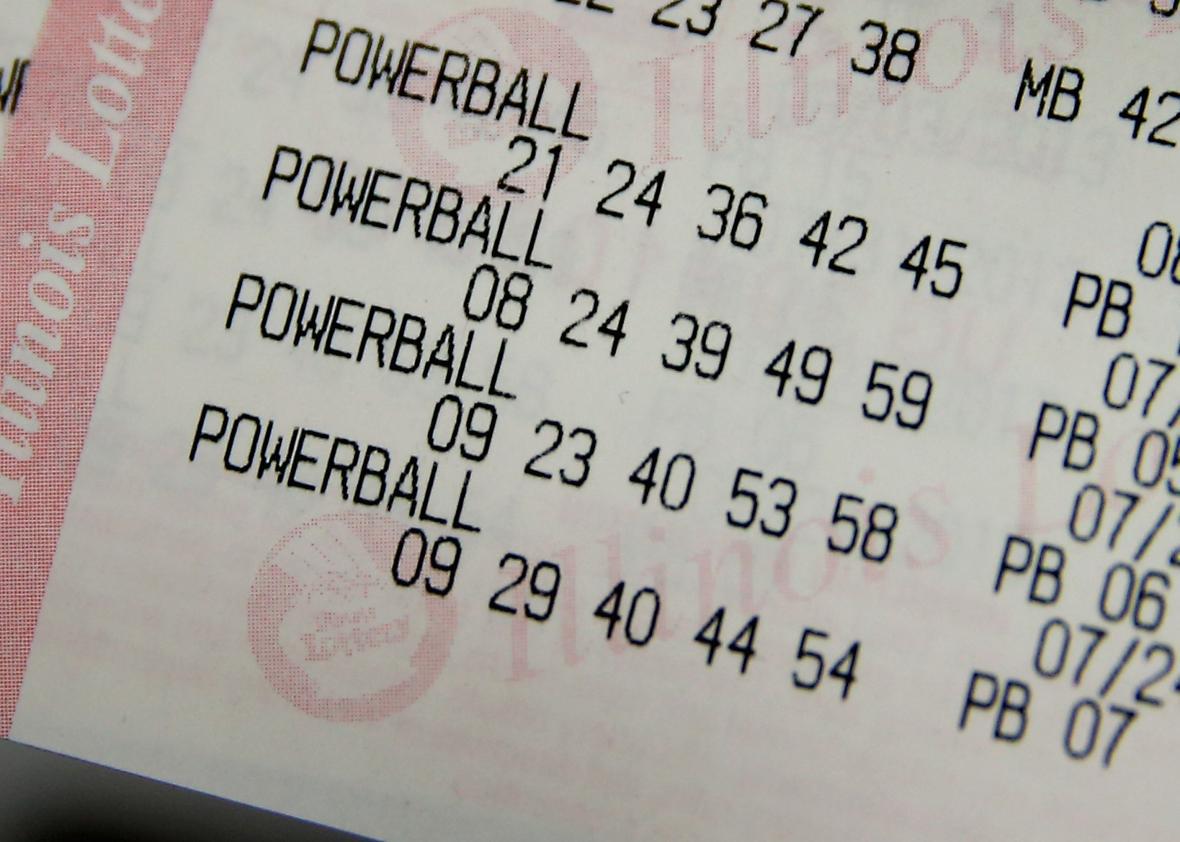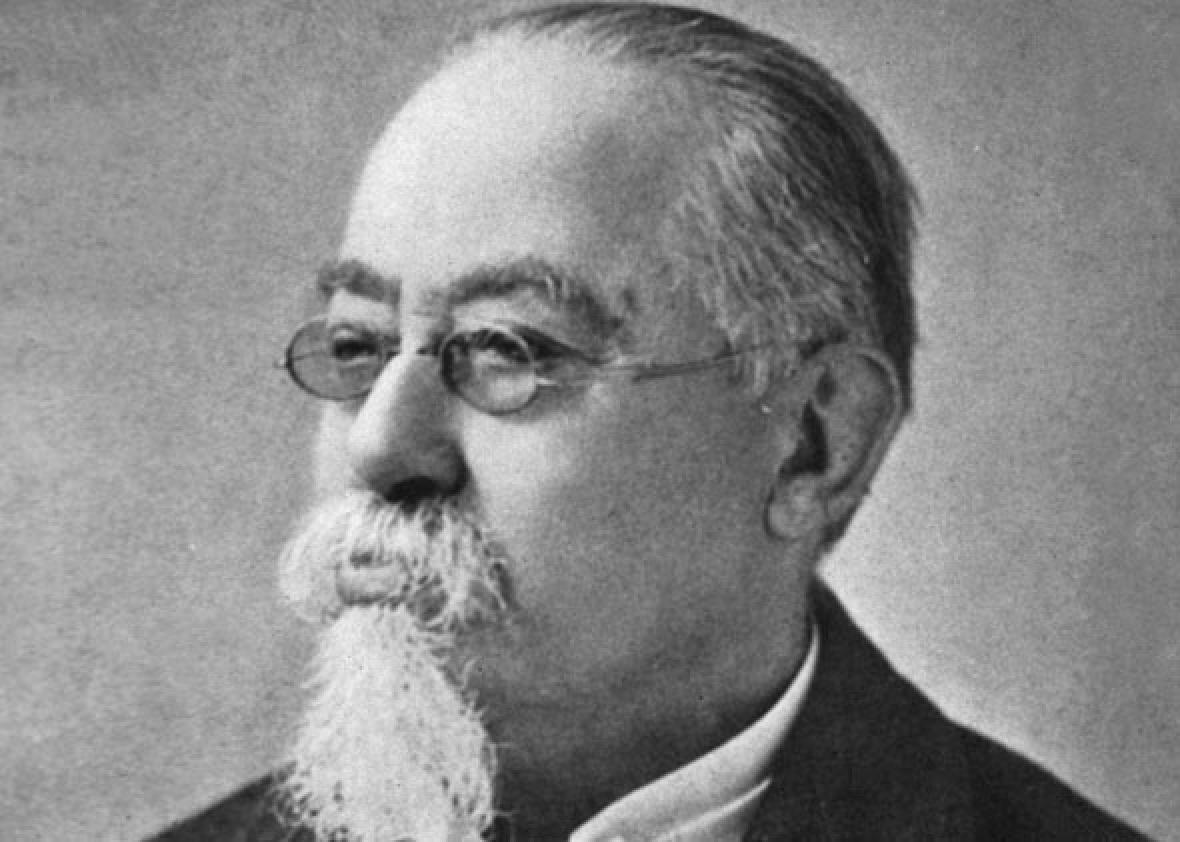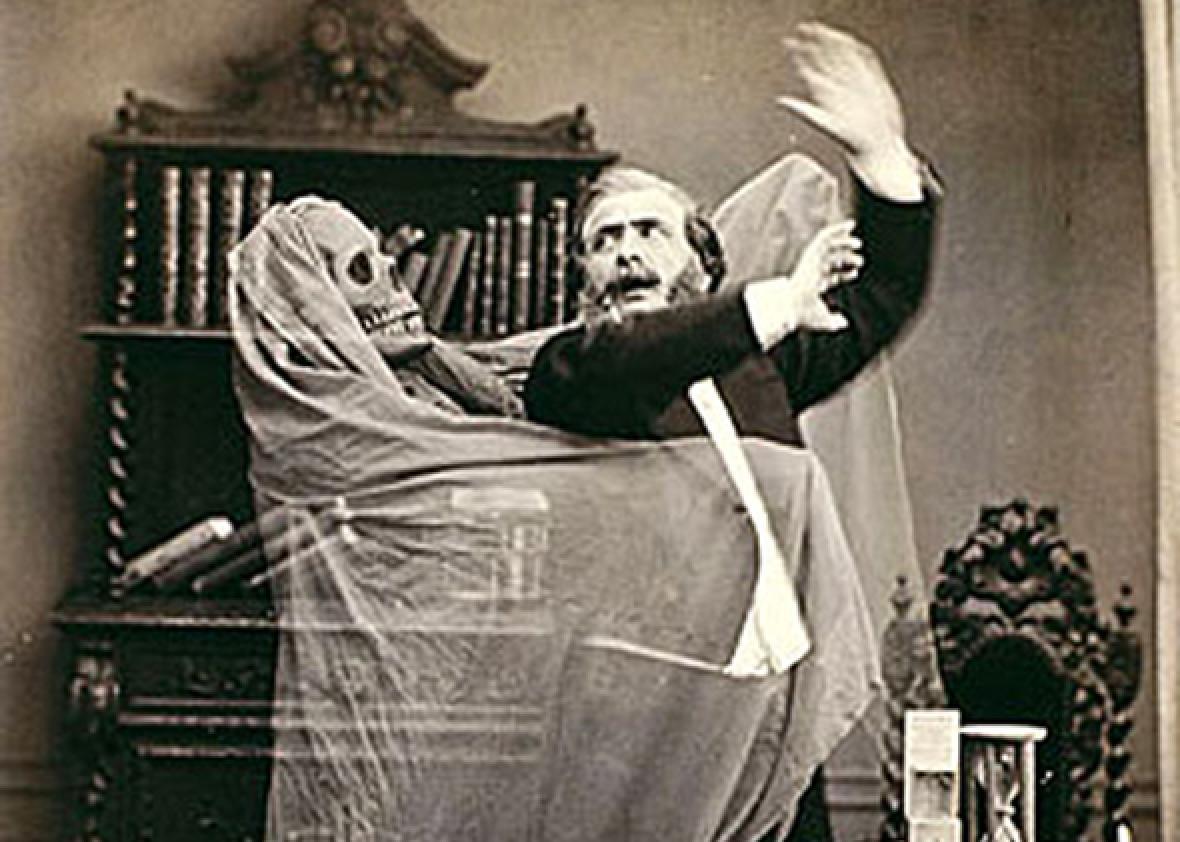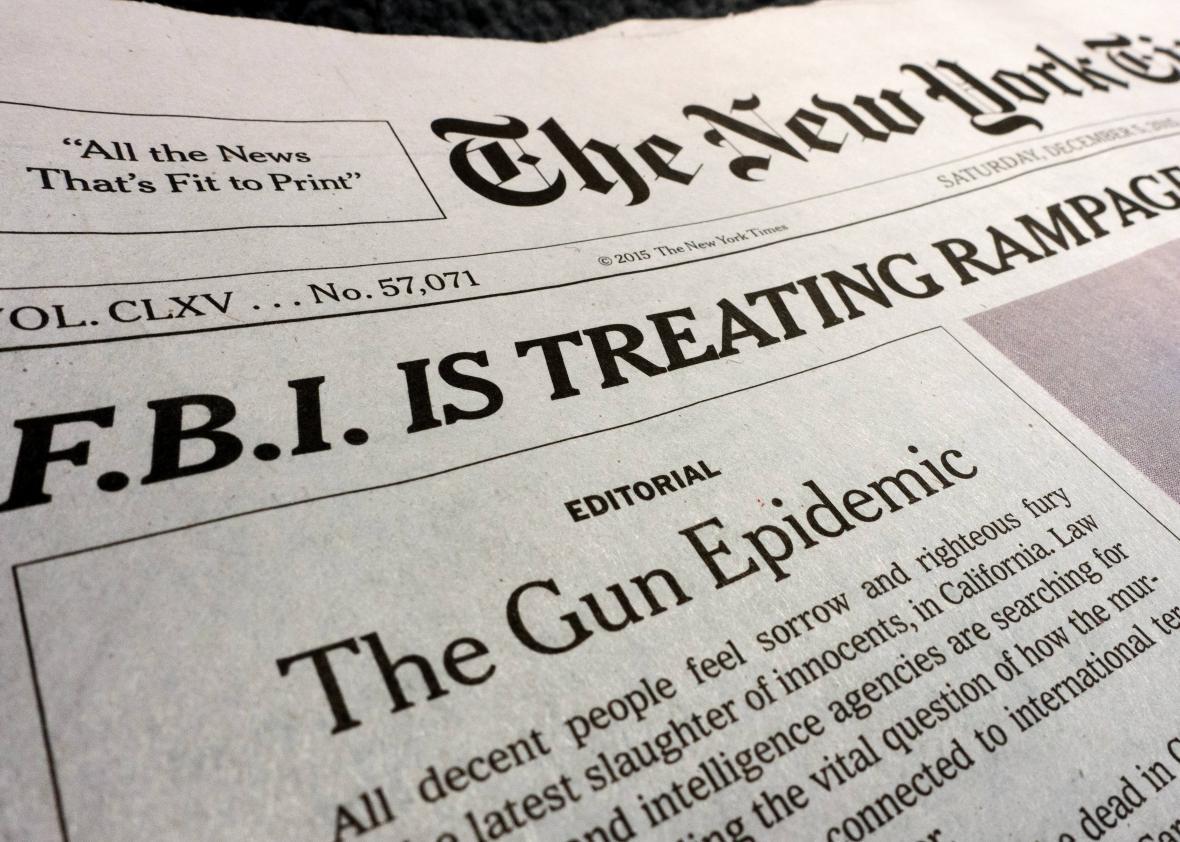The New York Times raised eyebrows and hackles this week when newly-hired columnist Bret Stephens—late of the even-more-morally-serious Wall Street Journal—inaugurated his column by vomiting a bunch of climate change denialist garbage all over the paper of record. Stephens, dressing up arguments from the Scopes Monkey Trial with vocabulary from Hayek (“ordinary citizens have a right to be skeptical of an overweening scientism”), somehow made it through the column without blurting out “All lives matter!” like he did when Vox interviewed him a few days ago. But as Slate’s Susan Matthews wrote (and ably documented), the argument he did make was “complete bullshit,” and readers were left wondering why the Times was lending its institutional imprimatur to yet another author whose brand appears to be “shoddy arguments for reprehensible goals.”
But those readers misunderstand the qualifications the New York Times is looking for. As public editor Liz Spayd explained, Stephens, the product of a New England boarding school, the University of Chicago, the London School of Economics, and the Wall Street Journal (New York and Brussels), was part of an effort to extend “an outstretched hand to Red America.” When the laughter died down, editorial page editor James Bennet told the Huffington Post that “…to pretend like the views of a thinker like Bret, and the millions of people who agree with him on a range of issues, should simply be ignored, that they’re outside the bounds of reasonable debate, is a really dangerous form of delusion.” Looking past the astonishing idea that Stephens believes his own climate change bullshit, this a bold editorial vision: once two million or more people believe something to be true, it’s worth debating on the opinion pages of the New York Times. In that spirit, here are our nominees for future additions to the paper’s roster. Just like Bret Stephens, millions of people agree with them, those people are outside the bounds of reasonable debate, and they should simply be ignored. So instead, let’s give them one of the most important platforms in the world!
“Lotto Lout” Michael Carroll

Scott Olson/Getty Images
Carroll was a 19-year-old garbageman when he won nearly 10 million pounds in the United Kingdom’s National Lottery in 2002. His subsequent exploits—most notably, breaking windows with steel balls catapulted from a Mercedes with a custom plate “L111 OUT”—delighted tabloids and earned him both community service and the nickname “King of Chavs.” But it’s his alternative investment ideas that are underrepresented at the Times: despite more than three hundred million ticket sales for a single drawing, the New York Times has yet to hire a columnist who routinely advises investing solely in Powerball tickets. And unlike Thomas Friedman or David Brooks, Carroll can point to at least one working-class person who benefited financially from the policies he’s recommending!
Joe Camel

Reuters
You know what other industry thrived by pretending the science wasn’t settled? 36.5 million Americans smoke cigarettes, more than have even heard of Simpson-Bowles. And yet you have to go back to the 1960s to find classic Times reporting like “Cigarette Threat Called Unproven: Philip Morris Says Smoking Has Psychological Value.” Don’t 36.5 million Americans—and potential New York Times readers—deserve to be told that scientists aren’t sure if they’re hurting their health, just like New York Times readers who vote for Republicans deserve to be told that scientists aren’t sure if we’re destroying our planet?
Cesare Lombroso

Wikimedia Commons
Some people might argue that publishing the work of a long-dead Italian phrenologist who believed that some races were more criminal than others would give his crackpot theories—even more discredited than climate change denial—more credit than they were worth. These people are forgetting that the New York Times has been occasionally publishing Charles Murray since “I’m Not Marching,” a 1983 editorial in which Murray told black America that he wouldn’t go to the anniversary of Martin Luther King Jr.’s March on Washington because he disapproved of welfare. Lombroso will feel right at home.
Ross Douthat

Stephen Crowley/The New York Times via Redux
While it may seem counterintuitive to give such an important platform to a writer who seems like he’s always about five minutes away from publishing a defense of fascism, Douthat would … hang on. I’m being told that … Oh. They did what? Really? Oh no. Oh no. Let’s just move on, ok?
A Spooky-Ass Ghost (Who Opposes Unions)

Wikimedia Commons
In 2014, the Times reported that 42 percent of Americans believed in ghosts, which works out to roughly 137 million people. And yet this viewpoint is shockingly unrepresented on the editorial pages of the Gray Lady, despite the paper’s ghostly nickname and long history of excellent ghost-related-reporting (e.g., 1923 masterpiece “Man Bites a Ghost and Upsets Séance: Spirit Voices Stop Suddenly and Woman Medium Flees Cabinet in a Bathrobe.”) The Times could easily find someone credulous enough to believe in ghosts—after all, they have more than one person on the payroll who believes in Paul Ryan—but a better move here might be going directly to the source. A weekly dispatch from the ghost of James “Slag” Wormwood would check off so many of the boxes on the Times’ demographic list: according to the legend, Wormwood worked as a supervisor at a steel furnace in Birmingham, Alabama, where his safety-free approach was responsible for the deaths of 47 workers before he either fell or was pushed into molten ore in 1906. A good editor could steer Wormwood away from uncomfortable topics like “I wear the chains I forged in life” or “the wages of sin is death” and toward areas where his opinions are more in line with the rest of the paper’s columnists, like “the wages of the poor is too much.”
A Pack of 48 Smiley Face Buttons from Amazon.com

Amazon.com
Judging from the positions he takes, Bret Stephens’ job as a columnist is essentially one of reassurance: on every issue—men raping women, police murdering civilians, rich people ruining the planet forever—things are just fine, and if you look at the issue with intelligence and nuance, you’ll see that you, a relatively comfortable New York Times or Wall Street Journal reader, are completely in the right and don’t have to do a goddamned thing. The Times could send its readers the same message much more effectively just by running a big color photo of these smiley face buttons every week. Plus, at $7.67 for a bag of 48, imagine how much money will be left over for that great, truth-telling journalism they’re always telling us about?
